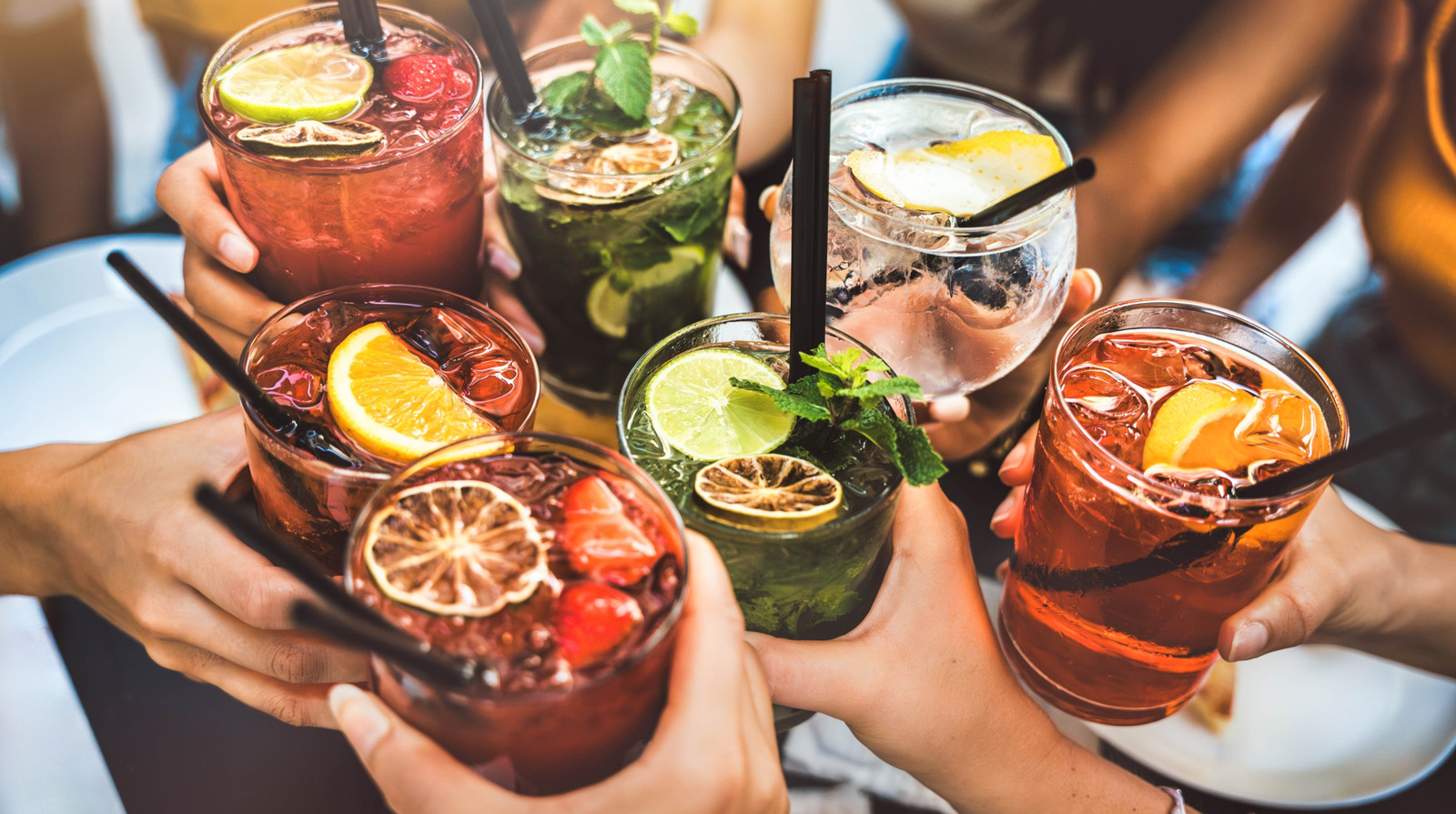
"Martinis take center stage when we see a 1950s-era dinner party on television, but there was a much more wholesome trend that's lesser known today: the fruit juice cocktail. The "cocktail" simply refers to the mixture of different juices or actual fruits, and not to alcohol. The thinking at the time was that this was an innocent, healthy-ish way to refresh people and get their appetites fired up, kind of like a booze-less version of the Italian aperitivo happy hour with appetite-stimulating spritzes."
"In fact, both fruit cocktail and fruit juices were novel in the mid-20th century. The name "fruit cocktail" comes from early fruit salad recipes that mixed various fruits with dessert wines or sweet liqueurs. When industrialized canning evolved, revolutionizing affordable, accessible food preservation, companies like Del Monte that canned fruit cocktail kept the name even when the Prohibition made adding alcohol impossible and the liquid switched to the sugar syrup we know today."
Fruit juice cocktails were popular nonalcoholic pre-dinner drinks during mid-20th-century American dinner parties, presented as modern, wholesome refreshments that stimulated appetites. The term "cocktail" referred to mixtures of different juices or fruits rather than alcohol. Industrial advances in canning and the development of frozen orange juice concentrate expanded access to canned fruits and juices, fueling nationwide enthusiasm. Companies that canned mixed fruit preserved the "fruit cocktail" name even after Prohibition eliminated alcohol from recipes, replacing wine with sugar syrup. Pre-dinner recipes using fruit cocktails and vegetable juices became common as hosts showcased new culinary trends.
Read at Tasting Table
Unable to calculate read time
Collection
[
|
...
]